Thriving Plants for Sandy Soil: What Grows Best?
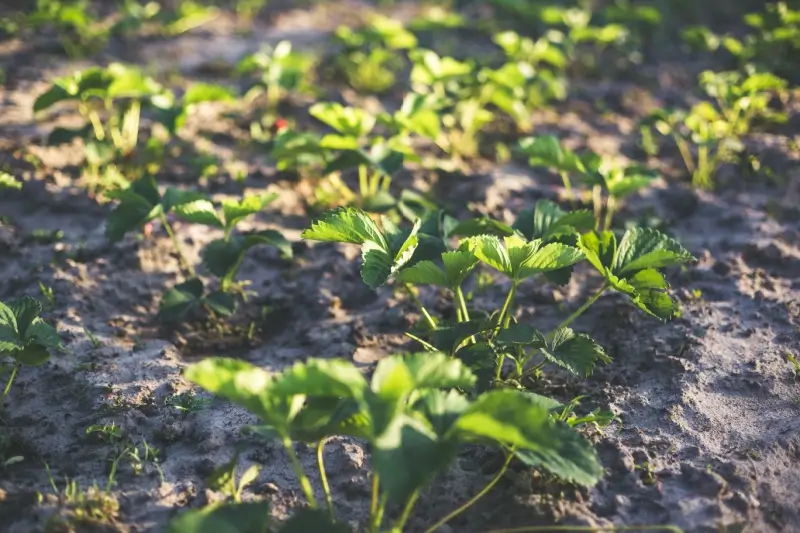
Creating a beautiful, healthy, and long-lasting landscape starts with understanding the composition and characteristics of your soil. Many coastal regions of the United States lean heavily toward sandy soil.
Let’s get real. Sandy soil can be a challenge to work with for a number of reasons but don’t lose hope. You can enjoy a gorgeous garden and thriving lawn even with sandy soil. The keys are to focus on finding plants that like sandy soil and closely managing your soil health.
Table of Contents:
Understanding Sandy Soil
If you pick up a handful of moist soil, roll it into a sausage-like shape, and the sausage crumbles into individual grains, chances are you are dealing with sandy soil. This soil type is also light brown and tends to feel grainy.
Characteristics of Sandy Soil
Why is sandy soil so challenging to work with? The answer has to do with the size of sand grains. All soil types are made up of three primary elements: clay, silt, and sand. Depending on where you live, your soil may have more or less of each of these elements. Of these, sand is the largest particle. Clay and silt particles can fit closely together, but sand particles have lots of space between them.
Poor Retention of Moisture
The sandier the soil, the greater the struggle to retain moisture. Water can quickly seep through the gaps between sand particles. On a positive note, this means sandy soil drains well and can be attractive for plants that need less water. However, you may have difficulty keeping water-hungry plants alive in sandy soil.
Low Nutritional Density
The large size of sand particles means that water-soluble nutrients tend to seep quickly through sandy soil without much help to your plants. Fertilizers also tend to wash away quickly because the soil can’t hold onto them.
High Acidity
Sandy soils also tend to be acidic, which is not suitable for many plants and grasses. Most plants do best in soil with a pH between 6.0 and 7.0. If the pH becomes too acidic, the plants can struggle to absorb nutrients and thrive.
What Grows Well in Sandy Soil?
Many plants don’t do well in sandy soil, but instead of looking at your lawn as a glass half empty, focus on plants that like sandy soil. You still have a lot of great options, especially if you try to keep your soil healthy.
What grows well in sandy soil? Here is just a short list of flowers, vegetables, shrubs, trees, and other plants for sandy soil.
Flowers for Sandy Soil

- Black-Eyed Susan
- Blanket Flower
- Daylilies
- Salvia
- Sweet Alyssum
- Bearded Iris
- Russian Sage
Vegetables for Sandy Soil
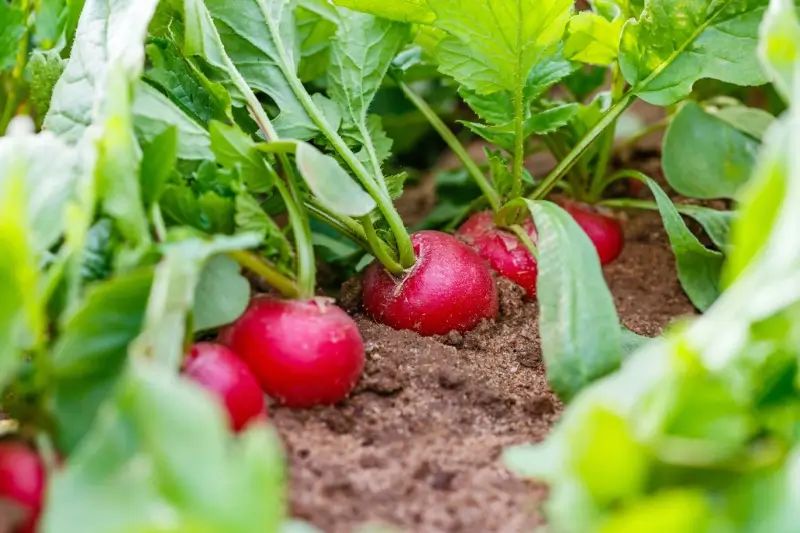
- Carrots
- Cucumbers
- Potatoes
- Radishes
- Turnips
- Beets
- Sweet Potatoes
- Onions
- Tomatoes
- Peppers
- Squash
Shrubs and Bushes for Sandy Soil
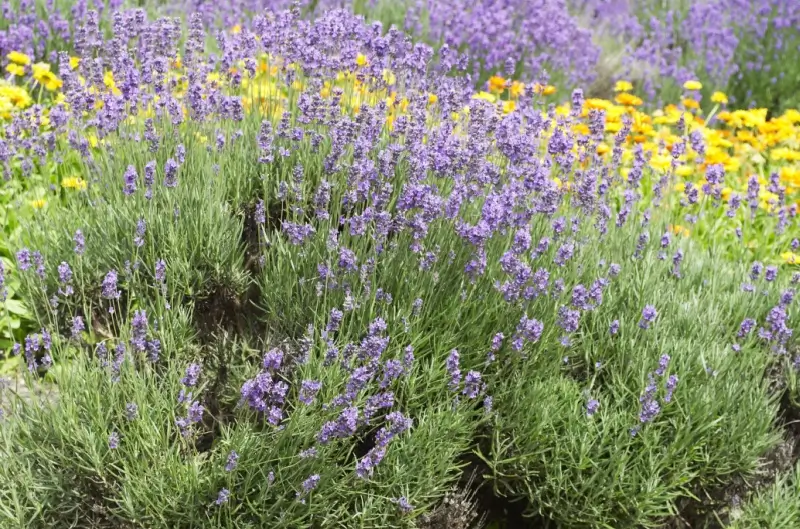
- Butterfly Bush
- Red Chokeberry
- Lavender
- Sage
- Yucca
- Way Myrtle
- Rugosa Rose
- Inkberry
- Bayberry
Trees for Sandy Soil
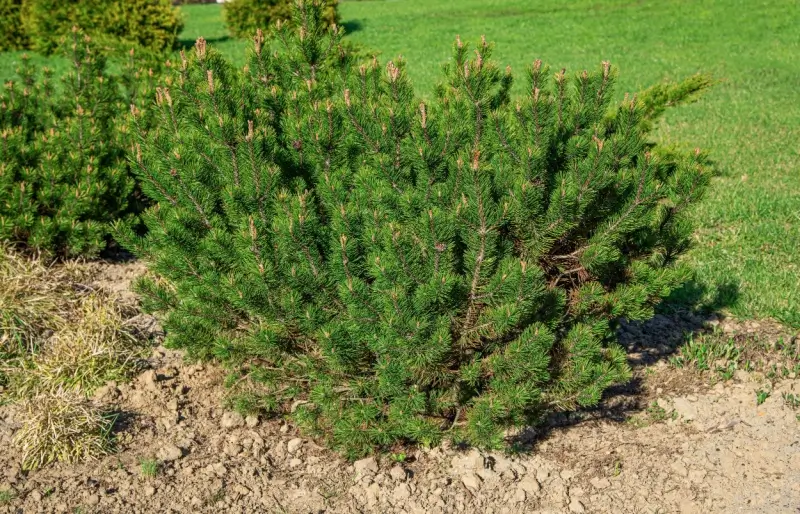
- Pines
- Junipers
- Magnolias
- Bald cypress
- Hackberry
- Crape Myrtle
- Palms
How to Manage Sandy Soil to Improve Plant Health
If the first key to working with sandy soil is to find the right plants for sandy soil, the second key is to keep the soil as healthy as possible. That can be difficult when large sand particles quickly lose water and nutrients. However, It can be done with careful attention and a consistent lawn care routine.
Amend the Soil
.webp)
Since water and nutrients tend to drain away quickly from sandy soil, you’ll need to take special measures to help your soil hold onto these beneficial elements. You can add amendments to the soil, like compost, peat moss, and even manure, to better retain water and nutrients.
Add Mulch
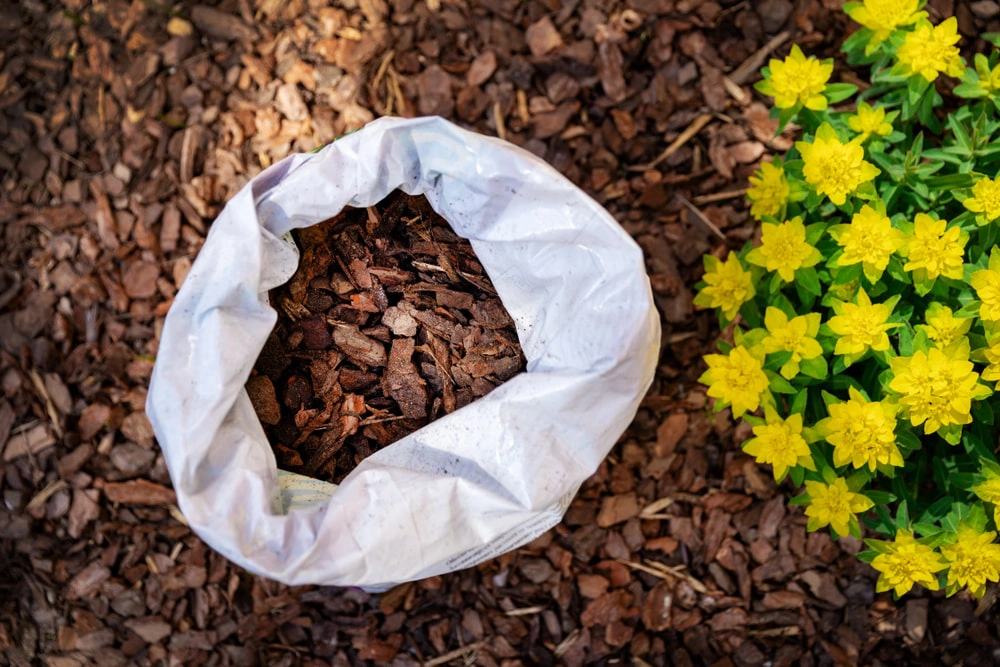
Another great way to help your sandy soil hold onto water is to add a layer of organic mulch around your plants, shrubs, and trees. Mulch can also moderate soil temperature and help keep weeds out of your garden. Best of all, as it naturally breaks down, mulch adds organic matter to the soil.
Water Frequently and Deeply
You’ll need to water your sandy soil more frequently than other types of soil since it doesn’t retain moisture well. Focus on deep watering rather than frequent, light watering so roots grow more deeply. Deeper root structures help plants become more drought-tolerant.
Fertilize Regularly
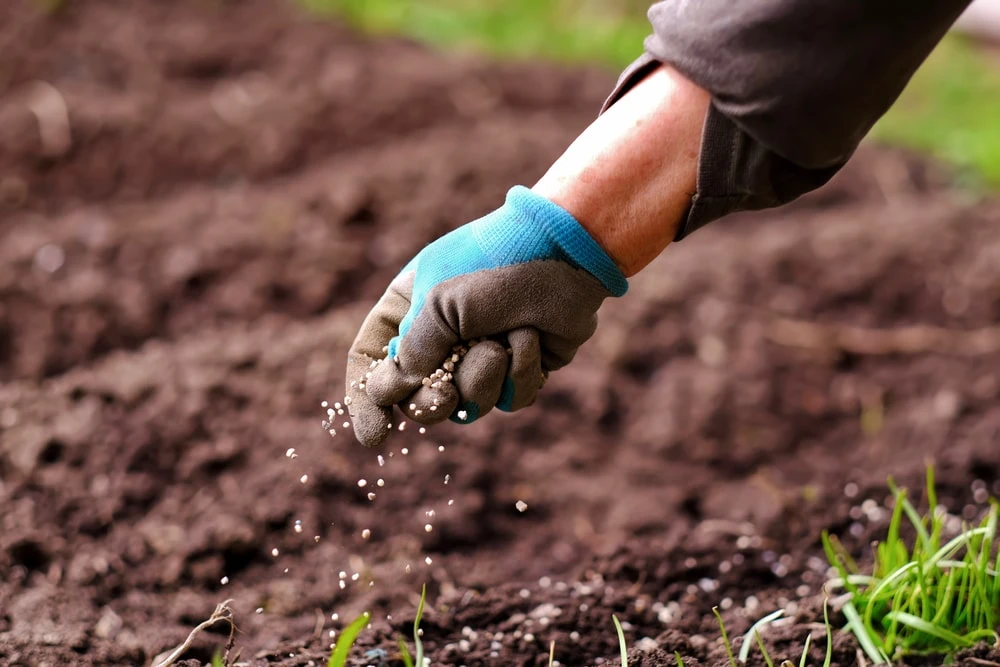
Since sandy soil doesn’t hold onto nutrients well, you’ll want to fertilize your lawn more frequently. How often you fertilize will depend on how sandy your soil is and what plants you choose to add to your landscape.
Monitor Soil Moisture and Plant Health
It can be challenging to know exactly what your landscape needs. Are you watering and fertilizing enough to compensate for your sandy soil? Don’t rely on guesswork. Use a soil moisture meter or your finger to regularly check your soil moisture. Also, keep an eye on the health of your plants. If leaves start to turn yellow or brown at the edges during the growing season, you may need to tweak your lawn care routine.
Seek Professional Help for Your Sandy Soil
Creating a healthy and thriving landscape in sandy soil requires a lot of work, attention to detail, and lawn care knowledge. If you have the patience and time, you can enjoy a beautiful and unique landscape no matter how sandy your soil.
If you’d rather a professional team take over the work, contact us at The Grounds Guys®. Our local teams across the United States have lots of experience working with sandy soil. Our teams know what grows well in sandy soil and can make recommendations based on your goals and budget. We can create new gardens or take over the management of your existing yard. Reach out to your local The Grounds Guys.
You won’t just get expertise and experience when you work with us. You’ll also get our Neighborly Done Right Promise™, which means we’ll put your satisfaction at the forefront of everything we do. Request a free estimate for our services today to learn how we can help you deal with sandy soil.
 Click to call
Click to call


